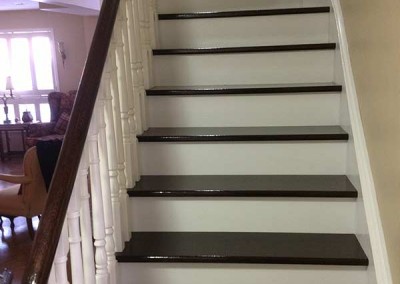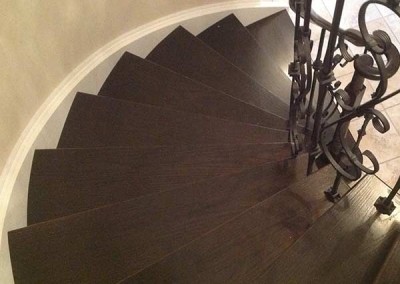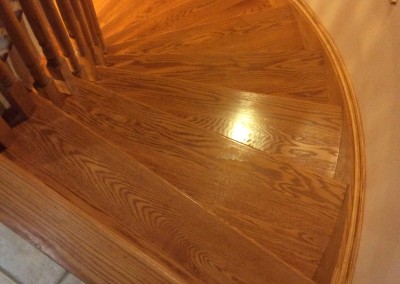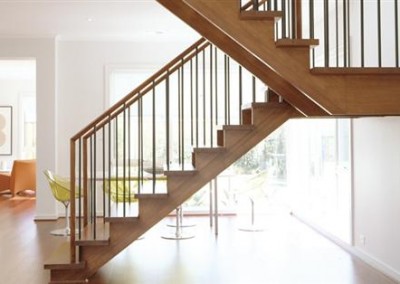Type Of Stairs
Types of Stairs
Straight Stairs
These are the stairs along which there is no change in direction on any flight between two successive floors. Straight stairs can have a change in direction at an intermediate landing. In case of angle stairs, the successive flights are at an angle to each other. Scissor stairs are comprised of a pair of straight runs in opposite directions and are placed on opposite sides of a fire resistive wall. Straight stairs tend to be the easiest to go up and down or ascend/descend as we say in the industry.
Curved Stairs
Curved stairs add elegance to your home and is typically the centre of attraction. For this reason they are almost always located at the entry where it makes the best first impression. Curved staircases are often very elegant and traditional but this type of design can equally be adapted to contemporary designs.
Winder Box Stairs
Winder stairs refer to stairways that make a turn without including an intermediate landing or platform to provide a flat rectangular turning space. The main advantage of winder stairs is that they require less space than many other types of stairs. They are used to change the direction of the stairs without landings and have steps that are narrower on one side.
U-Shaped Stairs
U Shaped stairs are basically 2 parallel flights of straight stairs joined by by a landing that requires 180 degree turn in the walk line. U shaped stairs can be easier to fit into an architectural plan.
L-Shaped Stairs
The L shaped stair is a variation of the straight stair with a bend in some portion of the stair. This bend is usually a 90 ° turn at the landing and can use long or short legs depending on the space your staircase will take. An L-shaped stairway allows you to fit the stair along a wall that is a bit short for a straight stair. It also adds an attractive architectural feature to the room.





